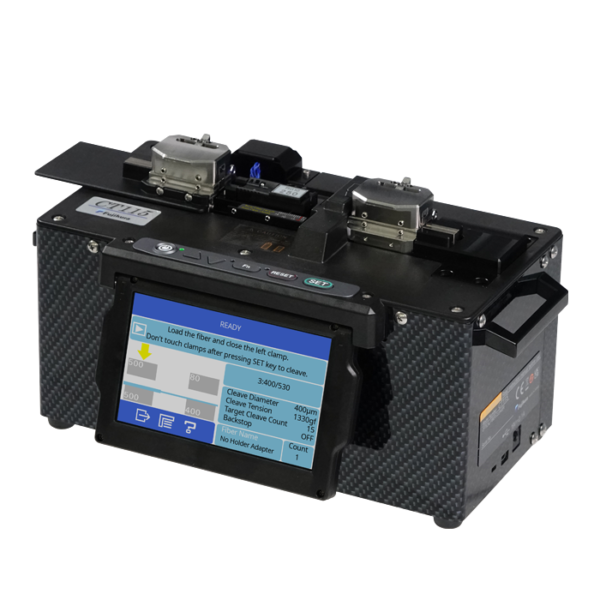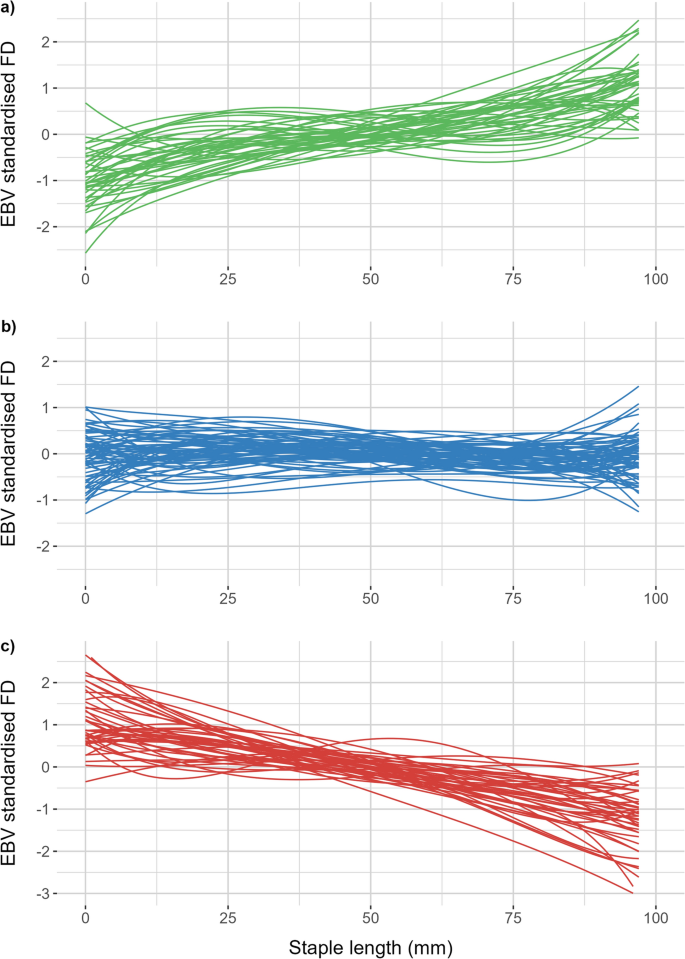Why Optical Fibre Diameter Analyser Devices Are Important for Engineers
Why Optical Fibre Diameter Analyser Devices Are Important for Engineers
Blog Article
Enhance Your Fiber Optic Projects With an Efficient Diameter Analyser
The integration of an effective size analyser right into fibre optic projects functions as a crucial element in attaining accuracy and uniformity. By facilitating accurate size measurements, these analysers not just improve the top quality of setups yet additionally minimize prospective compatibility concerns amongst elements. In addition, the sophisticated abilities of contemporary analysers enhance data collection and quality assurance processes. As we discover the vital functions and advantages of these tools, it becomes apparent just how they can change job results and guarantee adherence to industry requirements. What remains to be reviewed is exactly how to efficiently apply these analysers in your existing process.
Relevance of Diameter Dimension
Determining the diameter of fibre optic wires is an essential task that ensures optimal performance and dependability in communication systems. Accurate diameter measurement is essential for different reasons, mostly for keeping signal stability and lessening loss. A cable television's size straight influences its ability to send light effectively; variances from the specified diameter can lead to increased attenuation, which affects the general performance of the network.
Additionally, specific dimension is vital throughout the installation and maintenance of fibre optic systems. An incorrect fit between adapters and wires can lead to signal deterioration or full failing of interaction web links. By guaranteeing that diameters are within specified tolerances, service technicians can improve compatibility in between elements, leading to enhanced system dependability.
On top of that, diameter dimension plays a significant function in top quality control during production. Consistency in the diameter of fiber optic cords is essential for ensuring consistent efficiency throughout different batches. optical fibre diameter analyser. This uniformity helps manufacturers maintain industry standards and promotes confidence among end-users
Functions of an Effective Analyser
An efficient analyser for fibre optic tasks have to incorporate a number of key attributes that boost accuracy and functionality in diameter measurement. Firstly, high-resolution optical sensing units are important for accurate size analyses, making it possible for individuals to spot even the tiniest variations in fiber thickness. These sensors should be matched by advanced calibration systems, guaranteeing consistent efficiency across various problems and products.
Secondly, a straightforward user interface is crucial for promoting convenience of operation. This includes intuitive software that permits seamless information input and outcome, in addition to visual depictions of the dimensions taken. A portable style enhances usability in numerous area settings, making it much easier to carry out evaluations on-site.
In addition, the analyser must support numerous measurement settings, accommodating numerous fiber types and applications. The capacity to store and recover historical data is another important feature, allowing individuals to track performance in time and make educated choices.
Benefits for Fibre Optic Projects
Executing a size analyser in fiber optic jobs provides substantial advantages that significantly boost job performance and high quality. One of the main benefits is the ability to ensure exact measurements of fibre size, which is vital for visite site keeping optimum performance in fibre optic systems. Exact diameter analyses help in the recognition of disparities that can lead to indicate destruction or loss, hence ensuring high-quality transmission.
In addition, using a diameter analyser simplifies the quality assurance process. By automating dimension jobs, task teams can lower the time invested in manual examinations, bring about faster job completion and reduced work costs. This performance also permits more strenuous screening methods, leading to enhanced product integrity.
Moreover, uniformity in fibre size dimensions promotes compatibility with various other fiber optic components, decreasing the risk of installation mistakes and boosting total system efficiency. The unification of a size analyser not only aids in maintaining market standards however likewise fosters self-confidence in task deliverables.
Combination Into Existing Process
Integrating a diameter analyser right into existing process can substantially boost the operational performance of fibre optic jobs. By flawlessly integrating this innovation, groups can accomplish exact go to this web-site dimensions that are crucial to keeping the integrity and efficiency of fiber optic systems. This integration allows for real-time data collection and evaluation, which can be essential throughout the manufacturing and installation stages.
Moreover, the ability to automate diameter dimension procedures lowers the possibility for human error, making sure regular quality assurance throughout the job lifecycle. The information generated can be easily shared throughout systems, promoting cooperation amongst engineers, professionals, and job supervisors. This accessibility improves decision-making and increases job timelines.

Picking the Right Diameter Analyser
When selecting a size analyser for fiber optic jobs, it is necessary to think about a number of key factors that directly impact measurement precision and functional effectiveness. First, the resolution and precision of the analyser must line up with the certain needs of your job. Higher resolution tools can discover minute variants in diameter, which is important for making sure ideal efficiency in fiber optic systems.
Following, evaluate the speed of measurement. For projects with limited deadlines, a size analyser that provides fast information procurement can considerably enhance efficiency. Additionally, consider the analyser's compatibility with existing systems and software program. A seamless assimilation minimizes setup time and decreases disruptions throughout procedures.
One more important variable is the range of diameters the analyser can suit. By thoroughly assessing these elements, you can choose a diameter analyser that boosts the effectiveness and precision of your fiber optic tasks.
Conclusion
Finally, the assimilation of an efficient size analyser is paramount for boosting fibre optic jobs. Precise diameter dimensions make sure ideal efficiency and reliability while reducing installation errors. Advanced functions assist in real-time data collection and conformity with industry criteria, inevitably boosting the quality of deliverables. By prioritizing the selection and application of an ideal analyser, task efficiency is substantially enhanced, leading the method for effective results in fibre optic applications.
A cable's diameter straight influences its capacity to transfer light efficiently; deviations from the specified size can lead important link to raised depletion, which affects the overall efficiency of the network.

Report this page